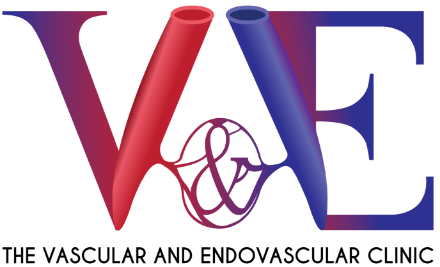Recently VEC performed Venclose radiofrequency ablation for refluxing varicose veins at Mount Elizabeth Novena Hospital OT for the first time ! Case was performed under local anaesthetic and sedation and patient discharged 4 hours later without any pain!
For patients with Chronic Venous Disease (CVD), the Venclose™️ RF Ablation Catheter from BD is used for treatment of superficial vein reflux through endovenous radiofrequency (RF) ablation. RF ablation has been established as a CVD treatment option for more than 20 years.
The Venclose procedure is a minimally invasive treatment for varicose veins. Here’s what you need to know:
What is Venclose?
Venclose is a radiofrequency ablation (RFA) procedure that uses heat to close off the affected vein, redirecting blood flow to healthier veins.
How is it performed?
- A small catheter is inserted into the vein through a tiny incision.
- The catheter emits radiofrequency energy, heating the vein wall.
- The heat causes the vein to close, and the catheter is removed.
Benefits:
- Minimally invasive, reducing scarring and pain
- Quick procedure (about 30-60 minutes)
- Fast recovery time (most patients return to normal activities within a day)
- High success rate in closing the vein
What to expect after the procedure:
- Some bruising, swelling, or redness at the treatment site
- Temporary numbness or tingling
- Follow-up appointments to monitor progress
Is Venclose suitable for everyone?
Not everyone with varicose veins is a candidate for Venclose. Your doctor will assess your suitability based on factors like vein size, location, and overall health.
What we have learnt so far using Venclose compared to other RFA catheters for varicose veins:
- Seems more effective in ablating the truncal vein compared to some of its competitors
- Causes less bruising and pain post -op compared to some other thermal based devices on the market
- Can navigate tortuosity and bends effectively
- Offers flexibility in ablating longer (10cm) and shorter segments (2.5cm) of vein with a press of a button allowing quicker and more effective treatment
- No charcoaling of the tip after one side is done and therefore no cleaning is required prior to doing the other leg in bilateral surgery.







